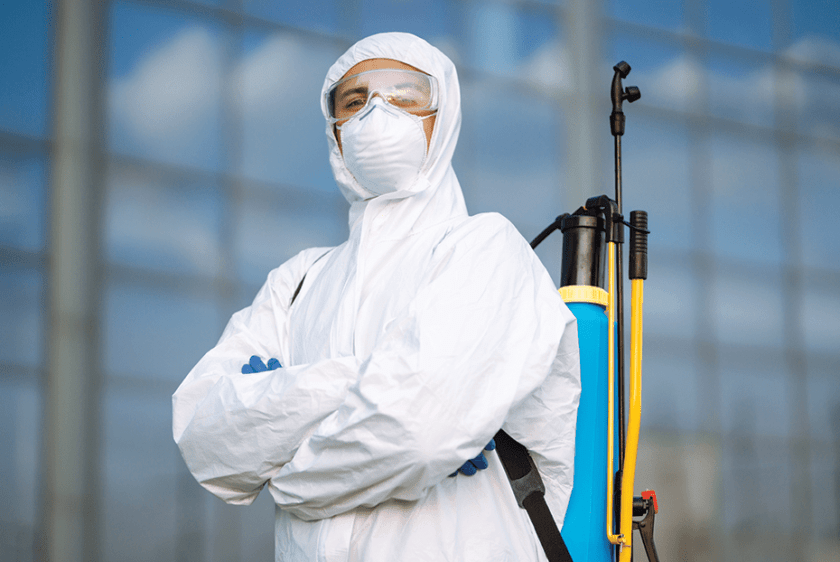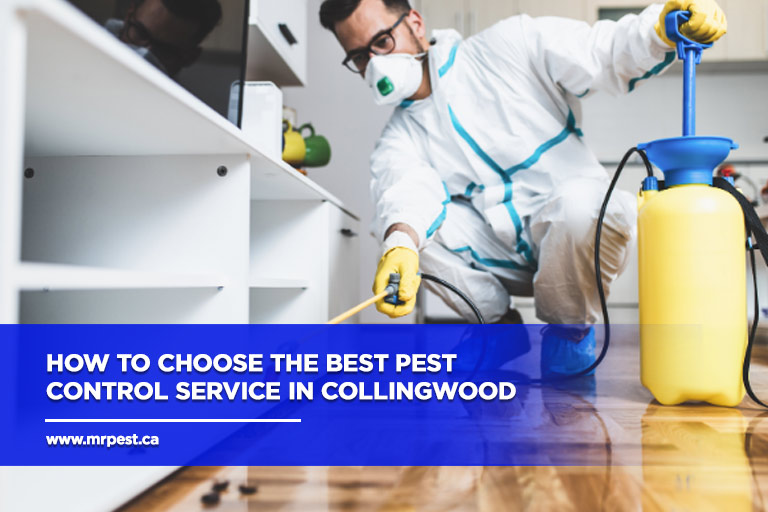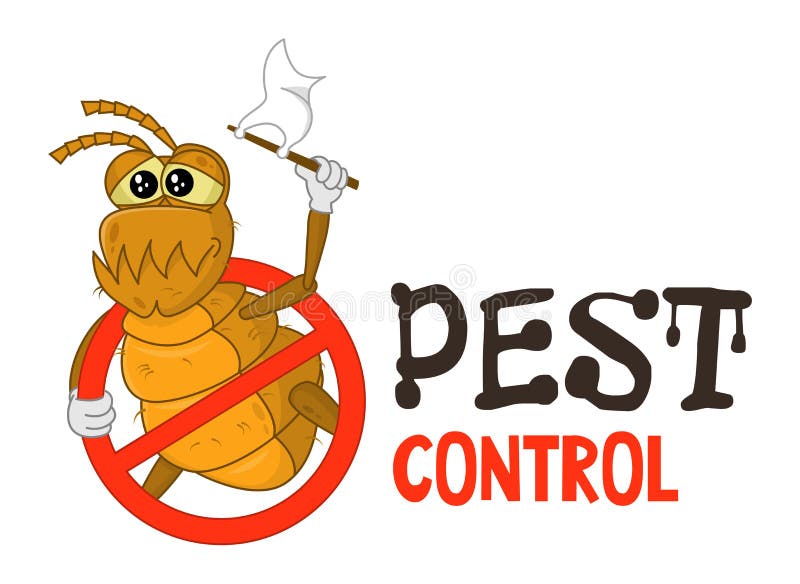Affordable Rat Control Coquitlam Services to Keep Your Home Safe
Affordable Rat Control Coquitlam Services to Keep Your Home Safe
Blog Article
Safe and Trustworthy Pest Control for Lasting Protection
Reliable bug administration calls for a multifaceted method that stabilizes eco-friendly stability with the demand for effective pest reductions. The subtleties of these techniques may not be right away clear, prompting a closer assessment of the practices that can lead to sustainable pest control outcomes.
Recognizing Bug Control Methods
Bug control encompasses a selection of approaches focused on managing and eradicating unwanted bugs and rats that can intimidate both health and building. Recognizing these approaches is vital for effective pest administration.
The key classifications of bug control techniques consist of mechanical, biological, and chemical methods. Mechanical methods involve physical obstacles and catches to avoid insect entry and capture unwanted varieties. For instance, making use of displays on home windows or utilizing sticky traps can significantly decrease bug populaces without introducing damaging compounds.

Chemical pest control is usually the most identified method, making use of pesticides to get rid of parasites. These chemicals can be efficient yet need to be made use of with care to avoid negative impacts on non-target types and the environment.
Benefits of Eco-Friendly Solutions
Just how can eco-friendly solutions transform parasite control practices? The fostering of environmentally friendly bug control techniques supplies numerous advantages, substantially enhancing the performance and security of bug administration.

Another advantage is the favorable impact on local biodiversity. Green solutions are made to target certain insects while preserving valuable pests and wild animals, advertising a well balanced environment. This method lines up with the growing consumer demand for sustainable techniques, improving the track record of insect control providers.
Integrated Bug Management Strategies
The execution of eco-friendly remedies normally leads to the adoption of Integrated Parasite Administration (IPM) methods, which further improve insect control efficiency. IPM is an all natural strategy that incorporates numerous tactics to manage parasite populations while minimizing ecological effect. This approach highlights using organic, social, mechanical, and chemical controls, making certain a balanced and sustainable approach of bug management.
One fundamental aspect of IPM is the complete analysis of pest activity and ecological conditions. By keeping track of pest populaces and identifying their life process, professionals can carry out targeted treatments that disrupt the bug's environment or lifecycle, lowering dependence on chemical pesticides. Additionally, cultural practices such as plant turning and environment control can significantly lessen parasite facility and recreation.
An additional important element is the use of organic control representatives, such as advantageous bugs or bacteria, which can normally reduce bug populations. When chemical applications are essential, IPM prioritizes the use of low-risk pesticides and applies them precisely, decreasing exposure to non-target microorganisms and human beings.
Including IPM methods not just improves pest control effectiveness yet also advertises a more secure ecosystem, aligning with the expanding demand for lasting techniques in bug monitoring.
Safe Practices for Homeowners
Understanding the value of secure techniques in insect control can encourage homeowners to efficiently manage insect problems while protecting their wellness and the setting. Executing non-toxic approaches and preventive actions is essential in lessening direct exposure to harmful chemicals.
Home owners must initially evaluate their atmosphere for conditions that attract insects, such as standing food, mess, and water waste. On a regular basis cleaning and securing entry points can deter pests from invading the home. Using natural deterrents, such as essential oils or diatomaceous earth, can offer efficient alternatives to chemical pesticides.
When chemical therapies are required, home owners should go with items that are particularly identified as safe for residential use. It is important to follow application standards carefully to avoid overexposure. Making use of targeted treatments in areas where pests are determined, rather than covering splashing, can considerably reduce chemical use.
Last but not least, maintaining open interaction with parasite control specialists is crucial. Property owners should ask about the safety of items utilized and demand eco-friendly choices whenever possible. By adopting these secure practices, property owners can develop a healthier living setting while successfully taking care of parasite concerns.

Tips for Long-Term Defense
Establishing a parasite management strategy that highlights long-term defense can significantly enhance the performance of the secure techniques previously discussed. To achieve this, homeowners should carry out regular evaluations of their residential property, concentrating on concealed areas such as attic rooms, cellars, and crawl rooms. Early detection of insect task is check over here important in avoiding problems from holding.
These practices lower attractants that attract parasites into the home. Securing access factors, such as fractures around doors and home windows, can successfully block possible pest access.
Landscaping must likewise be thought about; keeping plants trimmed and preserving a distance in between plants and the home decreases concealing places for pests. Making use of all-natural deterrents, such as termiticide treatment vital oils or diatomaceous earth, can additionally discourage infestations without resorting to harsh chemicals.
Finally, working together with a professional insect control solution for routine analyses can give an additional layer of safety and security. These experts can use tailored recommendations and advanced treatments, making certain that your home stays shielded against insects in the lengthy term.
Final Thought
Finally, safe and reliable pest control needs a complex technique that emphasizes environmentally friendly techniques and incorporated pest management. By implementing all-natural deterrents, carrying out normal assessments, and preserving correct hygiene, homeowner can considerably minimize parasite populations while shielding valuable insects and the atmosphere. Partnership with specialist insect control solutions boosts the performance of these techniques, ensuring tailored remedies that give enduring protection and peace of mind versus future invasions.
Reliable bug administration requires a multifaceted strategy that balances ecological integrity with the requirement for efficient insect suppression. The adoption of eco-friendly insect control techniques uses numerous benefits, considerably boosting the effectiveness and security of pest management.The execution of environmentally friendly services naturally leads to the fostering of Integrated Insect Management (IPM) see it here approaches, which additionally boost pest control efficiency. exterminator coquitlam. By monitoring pest populations and determining their life cycles, professionals can carry out targeted treatments that disrupt the insect's environment or lifecycle, reducing reliance on chemical pesticides.In conclusion, dependable and secure bug control needs a diverse technique that highlights environmentally friendly approaches and integrated bug administration
Report this page